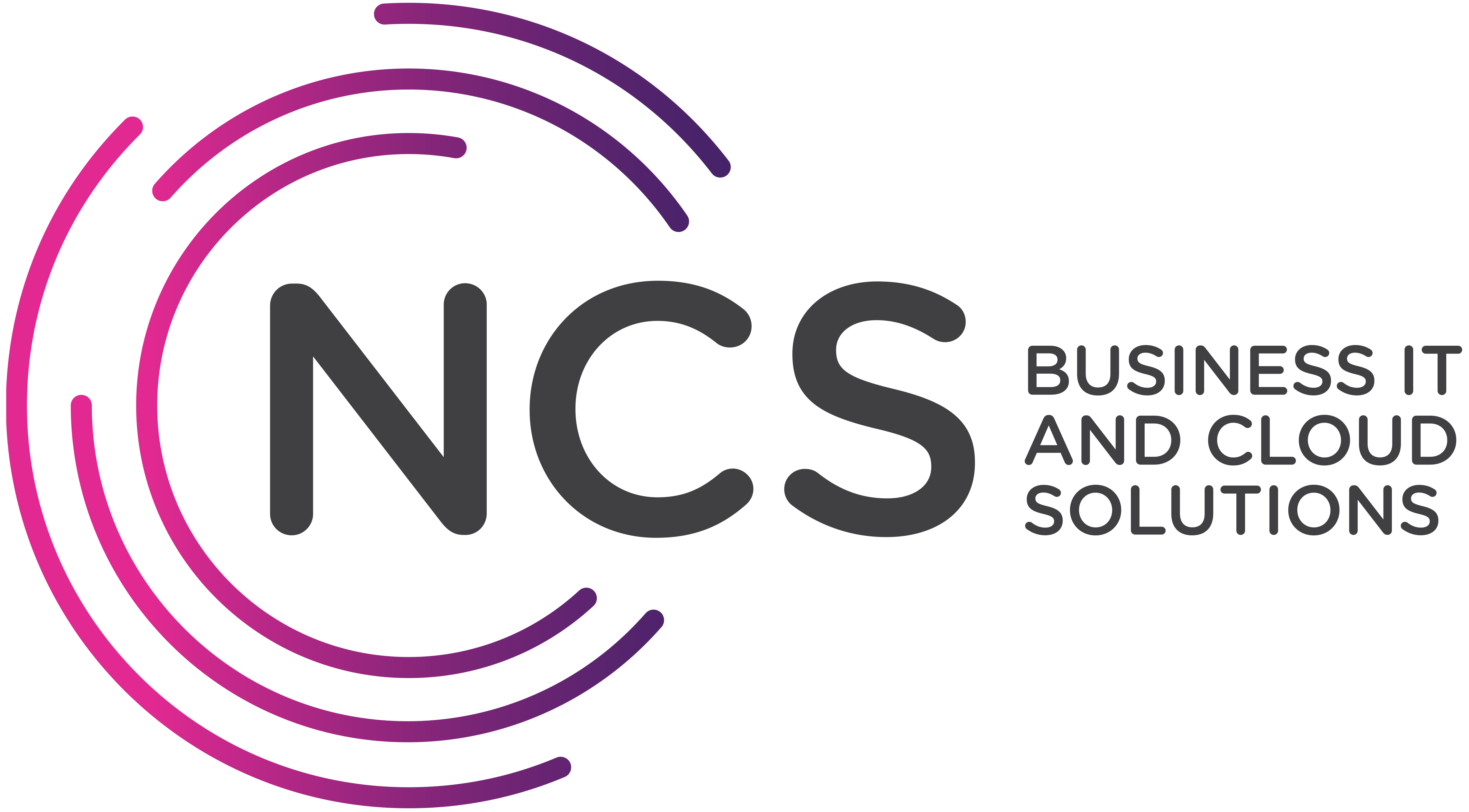The New Shape of Zero Trust
With data, users, and devices spread across hybrid and cloud environments, securing access demands a modern approach. The infographic "The New Shape of Zero Trust" illustrates Microsoft's AI-enhanced Zero Trust architecture — one that continuously verifies identity, protects data everywhere, and simplifies control across networks, endpoints, and apps. View this infographic to see how Zero Trust adapts to the AI era, then contact NCS IT Ltd to discuss how Microsoft solutions can strengthen your Zero Trust foundation.
Zero Trust is a cybersecurity philosophy that operates on the principle that everything is a potential threat. It is not a product, process, or single technology, but rather a comprehensive approach that emphasizes continuous verification, least-privileged access, and the assumption of a breach.
Why is Zero Trust important now?
Zero Trust is increasingly important due to the significant rise in cyber threats. For instance, there has been a jump in password attacks per day since 2021 and a notable increase in ransomware attacks from 2022 to 2023. As data no longer sits behind a traditional perimeter, adopting Zero Trust principles helps organizations secure their data against both internal and external threats.
What are the key principles of Zero Trust?
The key principles of Zero Trust include: 1) Verify Explicitly - continuously authenticate and authorize users; 2) Use Least-Privileged Access - limit user access to only what is necessary; and 3) Assume a Breach - treat every situation as if a breach has already occurred. These principles help enhance data protection and improve security across various environments.


